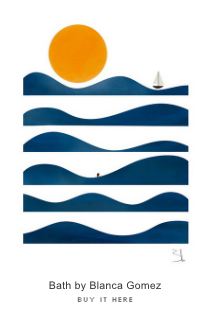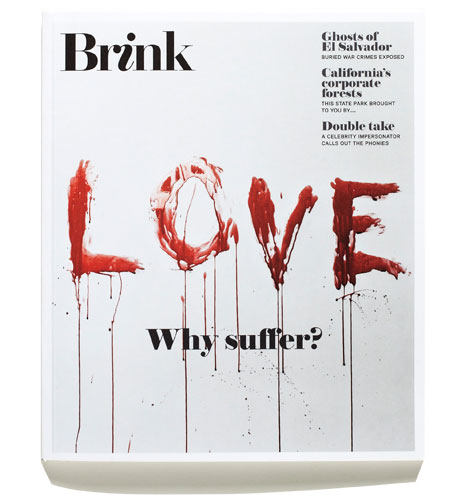George McCalman Interview
As a young design student at California College of the Arts I had the wonderful opportunity of interning for ReadyMade magazine — way back in its hip Berkeley headquarters heyday.
It was a fantastically unique experience and my first in a bustling design office. Under the guidance of art director George McCalman, the office’s art department was a lively, collaborative, ambitious and (extremely) entertaining place to work — and home to the best design office music jams I have had the pleasure to groove to (courtesy of Mr. McCalman himself).
George is a magazine veteran, having art-directed Mother Jones, ReadyMade and Afar to name a few. He is responsible for relevant, thoughtful editorial design as well as some very compelling branding, packaging and identity work. Recently, I was able to catch up with George and find out about his past, present and future. And of course, his opinions regarding his favorite magazines.
George, take it away:

Where are you from originally? How did you come to find yourself on the opposite coast?
I’m originally from a small island in the Caribbean called Grenada. My mother and I moved to Brooklyn, New York when I was eight. I always doodled and drew as a kid and routinely got into trouble with my teachers for drawing in the margins of my notebooks instead of paying attention to my lessons. I never thought about art in a commercial sense until college, but a guidance counselor (based on my high school doodles!) suggested I go meet with the head of the Fine Art Department at St John’s University, and that’s what started me on my art career.


How did you become involved in design for magazines? Was this a conscious career choice, or did you somehow fall into it?
A little bit of both. My last year of college we had an internship program, and I couldn’t decide between a small design firm (whose name I’ve forgotten) and a magazine position. I remember sitting in the waiting area of the design firm, waiting to meet with the principal designer. It was orderly and neat and there was no music and remember thinking I was sitting in hell. The magazine option was a mag called Money Magazine. It was a bustling office with marble counters, frosted doors and loud people. I was hooked. The Creative Director was an old school magazine Perry White’ type who had put in over a decade at Time Magazine and chewed up whatever and whomever happened to be around him. I was hooked. The art department was a benetton ad of ethnicities. I thought I had hit the big time. I subsequently went over to Entertainment Weekly, which had an incredible impact on the kind of designer I would become. I got to learn and experiment with type on a grand scale and do it on a weekly basis. I was a baby designer at that time and worked with a talented (and competitive) team that drove me to not settle for mediocrity. I received a job offer in San Francisco in 1999 at Health magazine and moved out here.
Did you ever work in a traditional design studio?
No, but I always wondered about the kind of designer i might have become if i had. Sliding doors!


You came to AFAR in it’s infancy. Was there any sort of look and feel in place prior to your arrival? In my mind, designing a magazine from the ground up sounds like an immense undertaking. How does a magazine’s identity or mission statement translate to an actual feature or spread?
AFAR was a unique situation. The founder already had an idea of what he wanted the magazine to represent. Travel already had alot of examples in the market. The Editor-In-chief had mapped out a detailed blueprint of the direction, so the art department had alot of meat to chew on. But typically it’s alot more dynamic (translation: chaotic) of a process. I’ve worked on/done alot of redesigns for magazines and it can start out with the most tidy and organized of intentions but it usually devolves into a scattered melee of ides and ambition versus a looming production deadline. There is constant discussion and exchange of ideas. Often times before one idea is even laid out, it can be abandoned and shifted to another one.
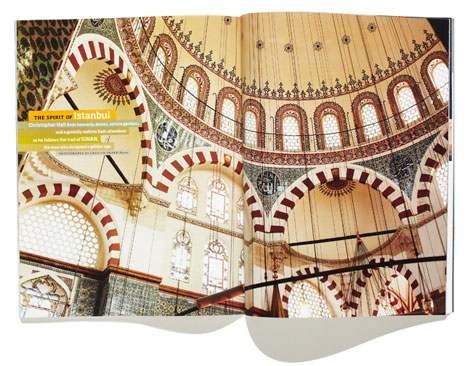
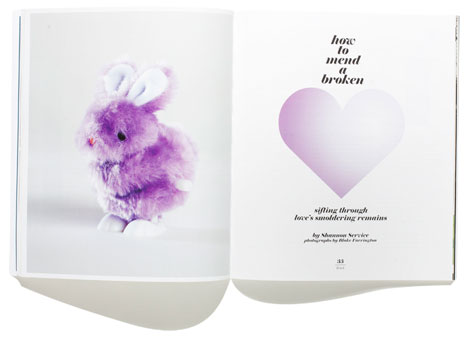
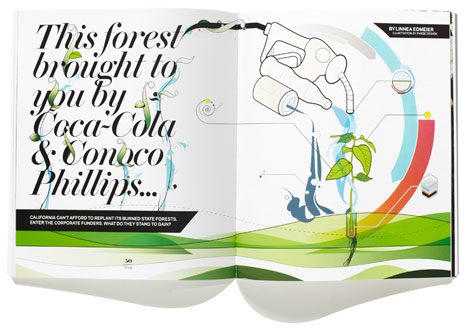
When designing for a magazine, do you consider it’s cyclical nature? Do you try to create some kind of arc over a year or subscription cycle?
Yes, but not on the design side. Usually the goals for the magazine start withe the editorial blueprint for the year. It provides a compass for us to navigate trends and themes that define the subject matter, while leaving opportunities for inspiration and out-of-the-box suggestions. From that, the visual direction is defined, assigned and refined (I just made that up). Magazines are by their nature, all about communication, so you can imagine, there are always discussions on every nuance applied to the words and visuals. For AFAR, the photography became the dominant focus. For ReadyMade, getting across the idea that there was a community of makers, wherever you lived, was a wonderful service the magazine provided.

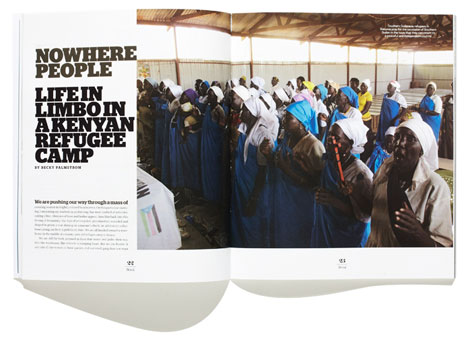

Anything new on the horizon for you now?
After 15 years of designing at magazines I got an itch to try something else and challenge myself from the ground up. I admired people like Tom Brown and Stefan Sagmeister who did their best work creating for others on their own. I always believed I did my best design work working for myself and wanted to put that to the test. The weird and wonderful thing about magazines that after awhile you learn to design so specifically for where you are working, that you forget how to design for yourself. Opening my studio was my permission to get back to that.
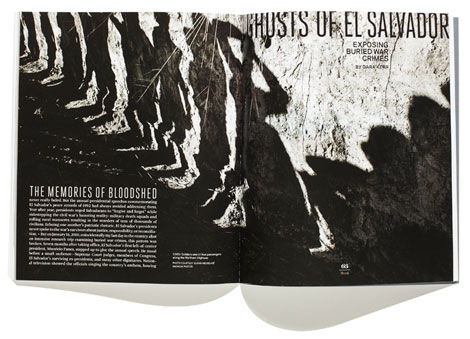
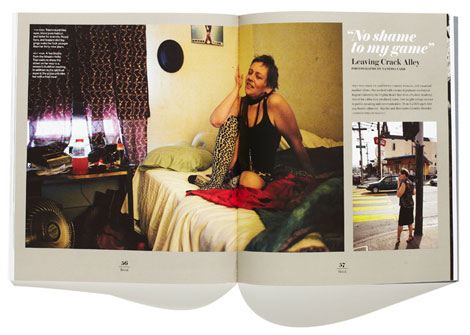
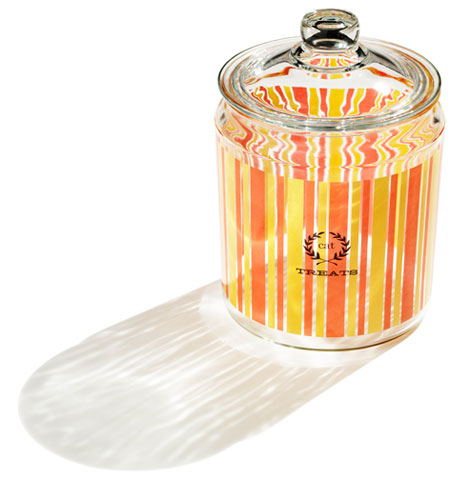
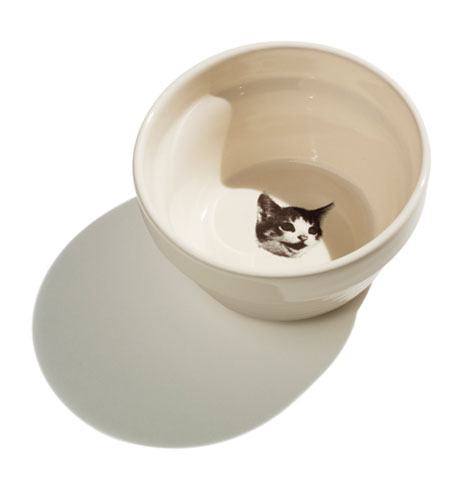
Will the new studio focus on editorial work or are you opening it up to other areas of design as well?
Partially. I thought i was (for the time being anyway) done with magazines when I left AFAR, but my first client was a magazine project for UC Berkeley. So I guess not. But my focus is branding. From the rooter to the tooter. Online and print. I’m having a great time. My clients have been a diverse bunch. From fashion designers to food packaging to non-profit watchdog groups. Its been a great experience so far.
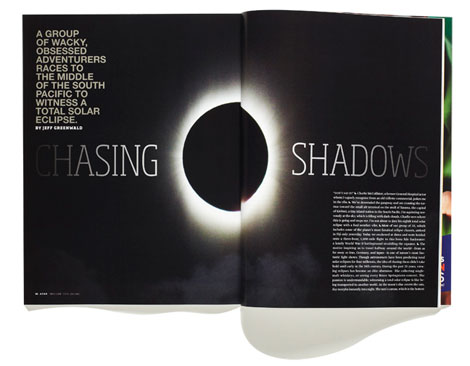
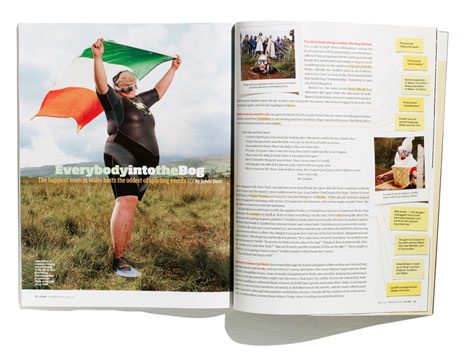

What books would you recommend for those interested in pursuing magazine work?
For anyone looking to enter the magazine world, it’s a world that follows design trends and tries to stay current at all costs, I’d recommend the SPD annuals. It’s a great resource of seeing what the landscape looks like.
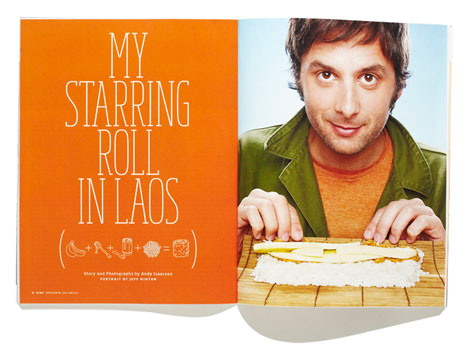
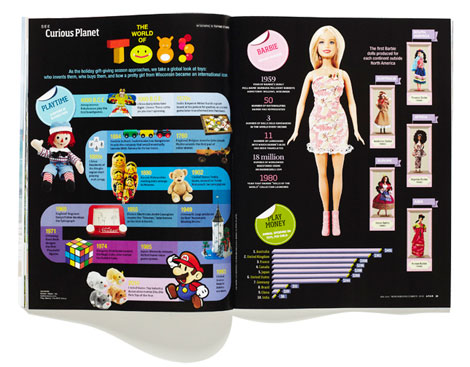
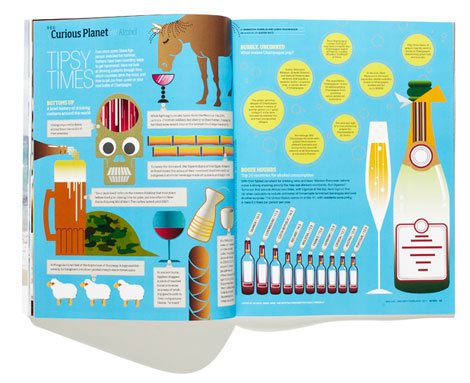
You must have some strong opinions concerning contemporary magazines — what are your favorites to read and to which do you subscribe?
I believe when a magazine finds its editorial and visual voice and they’re in synch, it’s a magical thing. Contemporary magazine runs I’ve loved (and collected) Esquire in the early 2000s. Martha Stewart the first few years. Wired in the later 2000s. T magazine (New York Times Style Section). Wallpaper. The New Yorker. Monocle. Magazines that find a unique template and make it timeless. My current favorites are New York magazine (still) and Bloomberg Businessweek.
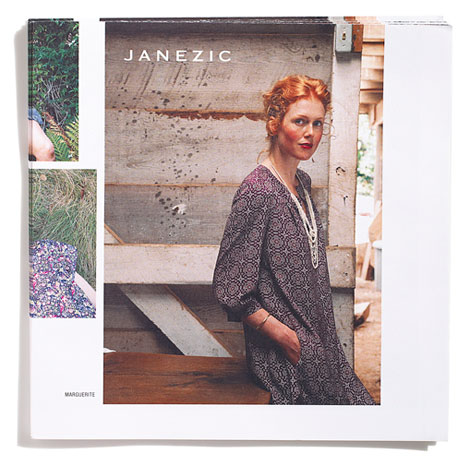

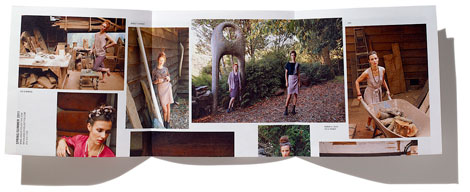

George, thanks so much for taking the time to share your work and thoughts with Grain Edit!
Please be sure to visit George’s site!
———————
Enjoy reading this interview? Please leave a note in the comments and consider signing up for our tasty free grain edit RSS feed.
Also worth checking: Adrian Johnson interview & Matte Stephens interview.
———————
Tagscontemporary, Features, graphic-design, Illustration, interview, USA
08.24.11 in Features, Interviews by Ethan
Share on Facebook


















